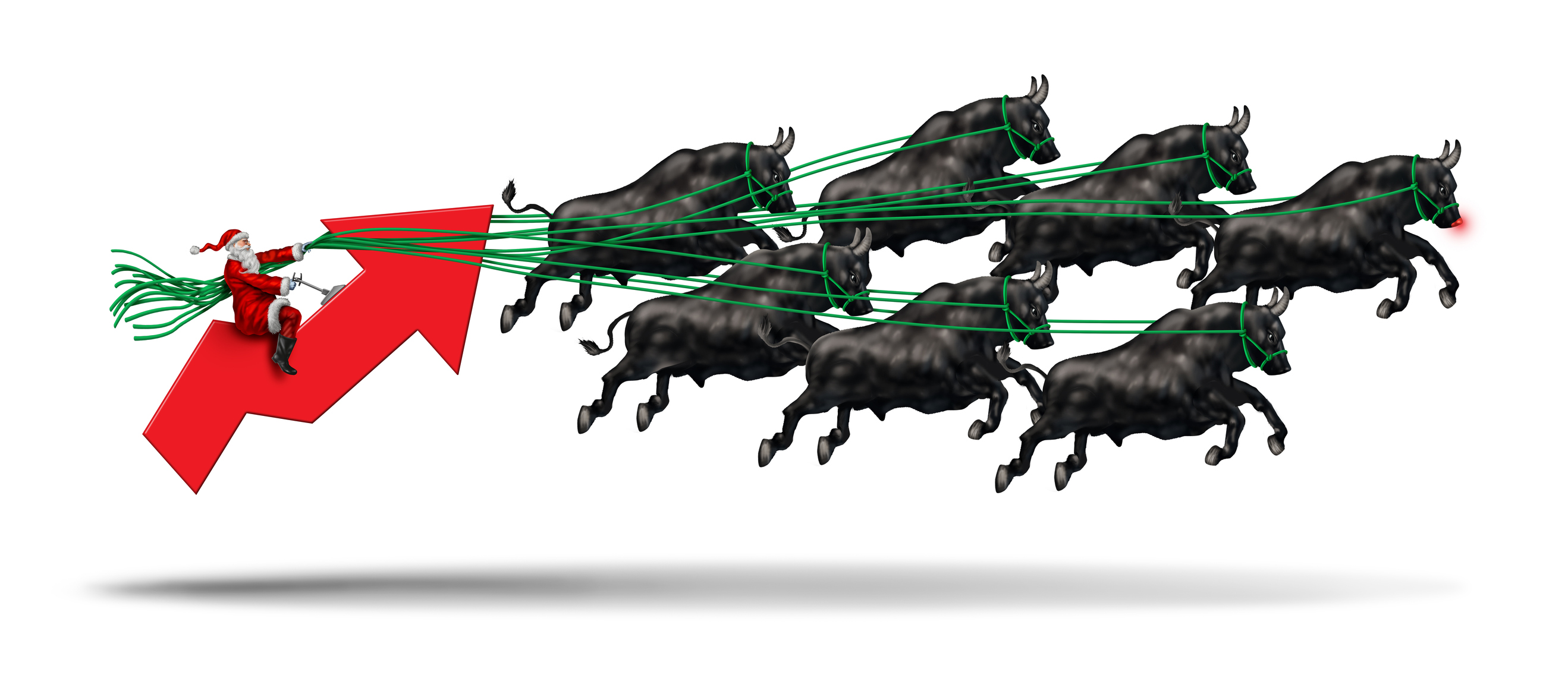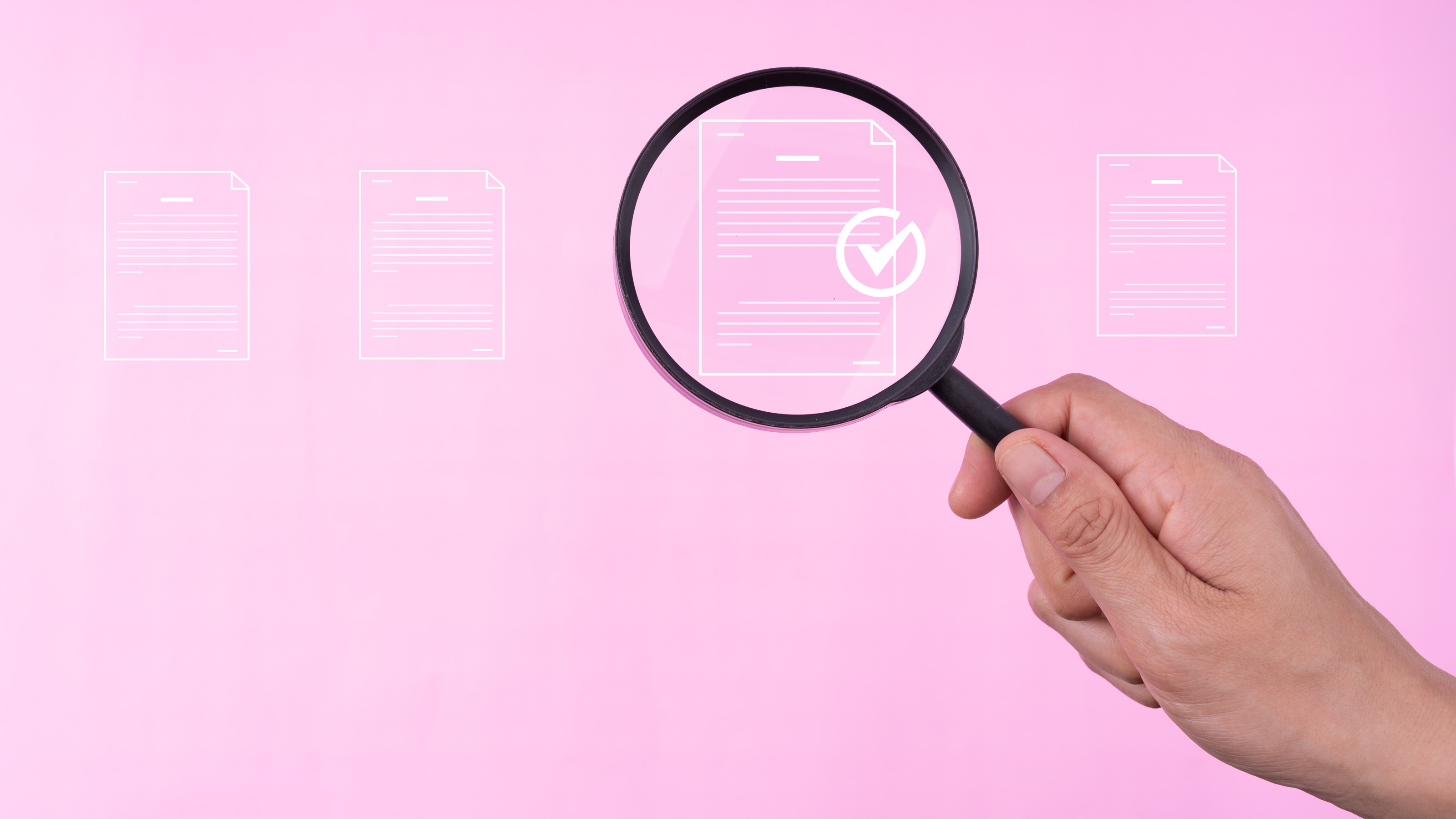Searching for Yield? Making a Case for High-Yield Bonds
High-yield bonds are an often-misunderstood asset class that could deserve a spot in your portfolio.


When COVID-19 first rocked the financial markets in March, most investors were focused on the carnage in the stock market. But I took a different approach.
During this period, I advised my clients with a high tolerance for risk to consider one move: to swap approximately 10% to 15% of their high-quality bonds for high-yield bonds. Although I was confident the shift would result in a favorable outcome looking out a year or more, the move has paid off much quicker than anticipated. High-quality bonds have only inched up slightly over the past six months, whereas high-yield bonds have gained approximately 15%.
A Small Slice of Your Portfolio
Admittedly, while the case for continuing to buy high-yield bonds isn’t as compelling today as it was in March, I believe they can still be a valuable component of an investor’s portfolio. For an investor with a traditional portfolio of 60% stocks and 40% bonds — but without these securities — it may make sense to trim a small percentage from both instruments and place 5% to 15% of a portfolio in these bonds.
From just $107.88 $24.99 for Kiplinger Personal Finance
Become a smarter, better informed investor. Subscribe from just $107.88 $24.99, plus get up to 4 Special Issues

Sign up for Kiplinger’s Free Newsletters
Profit and prosper with the best of expert advice on investing, taxes, retirement, personal finance and more - straight to your e-mail.
Profit and prosper with the best of expert advice - straight to your e-mail.
I realize that many people may find this strategy puzzling. It’s unclear if our economy will continue to recover, and plenty of large corporations in the hospitality and airline industries are facing tough times. Many investors believe these bonds are just too risky under any circumstances. After all, isn’t that why high-yield bonds as sometimes referred to as junk bonds?
But, if used properly, high-yield bonds can be a complementary component of a more conservative bond allocation. While certainly riskier than U.S. Treasury bonds, working with an active high-yield manager can help make these investments work.
A Look at Performance over the Years
While past performance is not a guarantee of future investment results, history is on the side of high-yield bonds when compared to a more traditional stock and bond investment strategy. For example, since 2000, the Barclays US Aggregate Bond Index — core bonds — had a probability of loss of 0% over trailing three-year rolling periods. Over the same period, stocks (S&P 500) delivered a loss 22% of the time. High-yield bonds lost money less than 4% of the time.
As for the annualized return during the past 20 years? Core bonds have gained 5.2%, stocks 6.4% and high yield-bonds 6.9%. High-yield bonds were the best performer with only slightly more long-term risk than more conservative core bonds. (Note: Investors cannot invest directly in an unmanaged index.)
Don’t Ignore the Risks
Make no mistake, there certainly are risks. Investors must be willing to handle above-average, short-term volatility. These securities can experience major swings in price on a daily and monthly basis — similar to the stock market — and easily create the perception they offer equity-like volatility, with bond-like returns. For those willing to take a longer-term view, the opposite is closer to reality.
2 Reasons to Consider This Strategy
Here is why it may make sense for an individual investor to place a small portion of their portfolio in high-yield bonds:
Stocks and High-Grade Bonds Face Obstacles. Thanks largely to the Federal Reserve’s intervention and the federal government’s stimulus programs, the stock market has made a remarkable recovery since March. However, by nearly all measures, it has a high valuation. As of Nov. 1, the Standard & Poor’s 500 Price to Earnings Ratio (P/E) stood at 34 — much higher than historical levels. Fixed income yields are still at rock bottom, around 1% to 2%. Meanwhile, high-yield bonds are yielding about 6%.
The Federal Reserve is Here to Help. With the Fed pledging to keep interest rates at nearly 0% for the foreseeable future, there may be an opportunity for high-yield investors. While some companies issuing high-yield bonds look shaky, as a bond investor, you simply need to know one thing: Can they pay their bills and weather the storm? Here’s a good example.
After the coronavirus shocked the cruise industry, Carnival Corp., owner of Carnival Cruise Lines, saw its revenues plummet. But it received a lifeline from banks after the Fed, in late March, unveiled an intervention strategy to begin lending operations to unclog corporate debt markets.
When Carnival officially sold $4 billion of bonds on April 1, it had enough demand to cut the interest rate down to 11.5% and also issued a $1.75 billion bond that could convert into stock, according to The Wall Street Journal.
These investors — now earning 11.5% — believe the cruise line business will gradually begin to return in 2021. However, even if the company goes bankrupt, some investors holding these high-yield bonds now own a potential piece of the company’s equity, as well as its cruise ships.
Work with an Active Investment Manager
I strongly recommend that any investor deciding to include high-yield bonds in their portfolio works closely with an investment professional to choose their investments. Instead of buying an exchange-traded fund or an index fund, we prefer active management.
These professionals have the ability to perform credit analysis and identify strong candidates for investments in this more obscure segment of the financial markets. Utilizing a portfolio manager with significant expertise and experience in this area can make this asset class attractive.
High-yield bonds may be one of the most misunderstood financial asset classes. But, used properly, they can produce steady returns that can complement a traditional stock and bond portfolio. For investors concerned that the ultra-low interest rate environment may foreshadow lower returns for all assets, those willing to expose a portion of their portfolio to a higher level of short-term volatility may want to give them a look.
Profit and prosper with the best of Kiplinger's advice on investing, taxes, retirement, personal finance and much more. Delivered daily. Enter your email in the box and click Sign Me Up.

Jeff Harrell is a wealth adviser and director of portfolio management at McGill Advisors, a division of Brightworth. Jeff graduated from California State University at Sacramento with a degree in Business Administration (Finance Concentration). He formerly worked at London Pacific Advisors as a research analyst. Jeff obtained his Chartered Financial Analyst designation in 2003. He is a member of the CFA Institute and the CFA North Carolina Society.
-
 The Santa Claus Rally Officially Begins: Stock Market Today
The Santa Claus Rally Officially Begins: Stock Market TodayThe Santa Claus Rally is officially on as of Wednesday's closing bell, and initial returns are positive.
-
 How to Leave Different Amounts to Adult Children Without Causing a Rift
How to Leave Different Amounts to Adult Children Without Causing a RiftHere’s how to leave different amounts to adult children without causing a family rift.
-
 My Retirement Learning Curve, 1 Year In
My Retirement Learning Curve, 1 Year InA retiree checks in with what they wish they knew early on and what they've changed about their plan one year in.
-
 Introducing Your CD's Edgier Cousin: The Market-Linked CD
Introducing Your CD's Edgier Cousin: The Market-Linked CDTraditional CDs are a safe option for savers, but they don't always beat inflation. Should you try their counterparts, market-linked CDs, for better returns?
-
 How to Protect Yourself and Others From a Troubled Adult Child: A Lesson from Real Life
How to Protect Yourself and Others From a Troubled Adult Child: A Lesson from Real LifeThis case of a violent adult son whose parents are in denial is an example of the extreme risks some parents face if they neglect essential safety precautions.
-
 To Build Client Relationships That Last, Embrace Simplicity
To Build Client Relationships That Last, Embrace SimplicityAs more automation becomes the norm, you can distinguish yourself as a financial professional by using technology wisely and prioritizing personal touches.
-
 Client Demand Is Forcing Financial Advisers to Specialize: How to Deliver
Client Demand Is Forcing Financial Advisers to Specialize: How to DeliverThe complexity of wealthy clients' needs — combined with AI and consumer demand — suggests the future of financial planning belongs to specialized experts.
-
 A Financial Planner Takes a Deep Dive Into How Charitable Trusts Benefit You and Your Favorite Charities
A Financial Planner Takes a Deep Dive Into How Charitable Trusts Benefit You and Your Favorite CharitiesThese dual-purpose tools let affluent families combine philanthropic goals with advanced tax planning to generate income, reduce estate taxes and preserve wealth.
-
 A 5-Step Plan for Parents of Children With Special Needs, From a Financial Planner
A 5-Step Plan for Parents of Children With Special Needs, From a Financial PlannerGuidance to help ensure your child's needs are supported now and in the future – while protecting your own financial well-being.
-
 How Financial Advisers Can Best Help Widowed and Divorced Women
How Financial Advisers Can Best Help Widowed and Divorced WomenApproaching conversations with empathy and compassion is key to helping them find clarity and confidence and take control of their financial futures.
-
 A Wealth Adviser Explains: 4 Times I'd Give the Green Light for a Roth Conversion (and 4 Times I'd Say It's a No-Go)
A Wealth Adviser Explains: 4 Times I'd Give the Green Light for a Roth Conversion (and 4 Times I'd Say It's a No-Go)Roth conversions should never be done on a whim — they're a product of careful timing and long-term tax considerations. So how can you tell whether to go ahead?